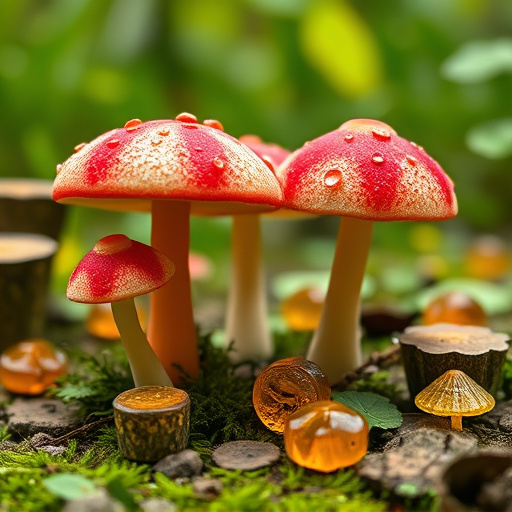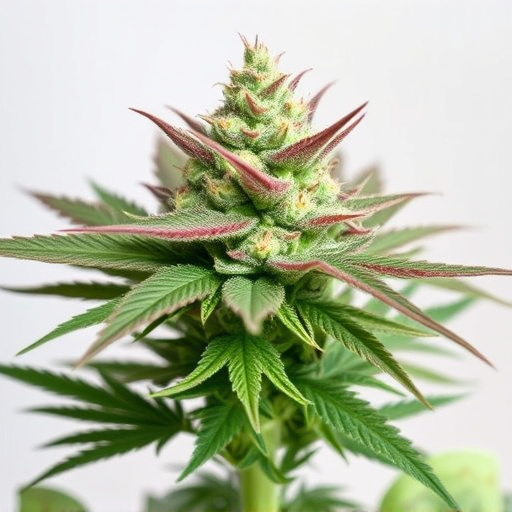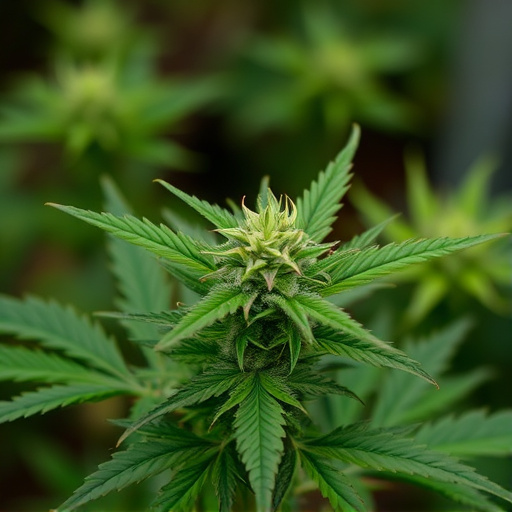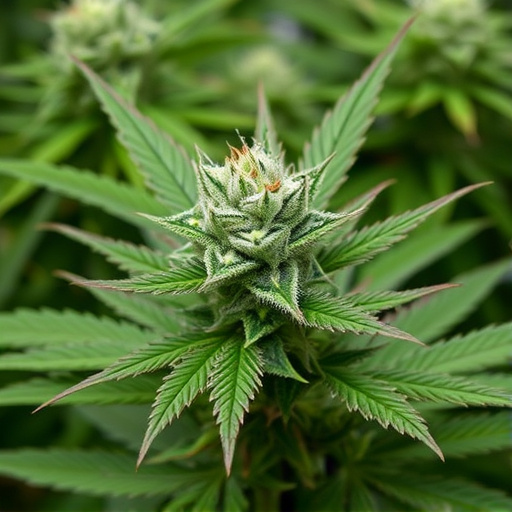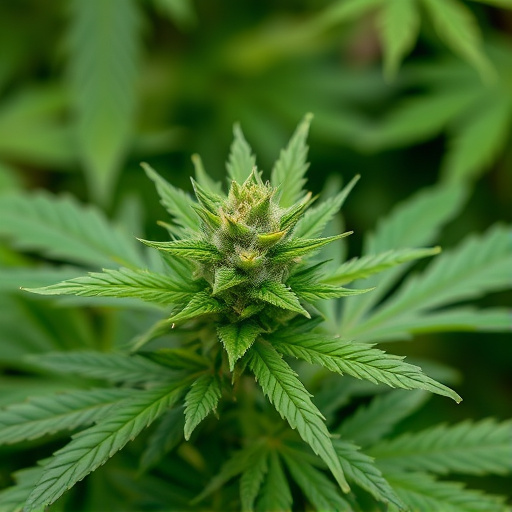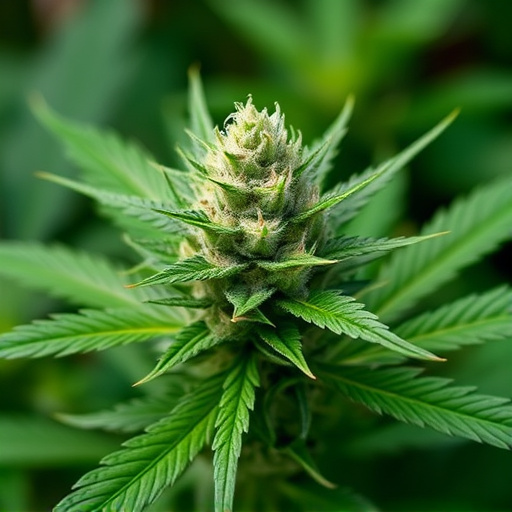Terpenes, aromatic compounds in cannabis, play a key role in the scent and potential therapeutic effects of different strains. Specific terpenes like myrcene and limonene offer relaxation, pain relief, and mood enhancement benefits respectively, making them promising for managing ADHD symptoms. Understanding terpene profiles is crucial when selecting cannabis strains for treatment, as it allows individuals to choose varieties that best address their specific ADHD needs, potentially leading to personalized, effective symptom management through alternative therapies.
Discover the fascinating world of terpenes, the chemical compounds responsible for the unique scents and flavors we associate with cannabis. This article delves into how these aromatic molecules not only define different cannabis strains but also play a promising role in managing ADHD symptoms. From specific terpene profiles to their therapeutic potential, we explore the growing interest in cannabis as an alternative treatment for ADHD, highlighting its potential to revolutionize symptom management while offering a more natural approach.
- Understanding Terpenes: The Chemical Compounds Behind Cannabis Scents
- Terpene Profiles in Cannabis Strains and Their Impact on ADHD Symptom Management
- Exploring the Role of Terpenes in Enhancing Cannabis Therapies for ADHD
Understanding Terpenes: The Chemical Compounds Behind Cannabis Scents
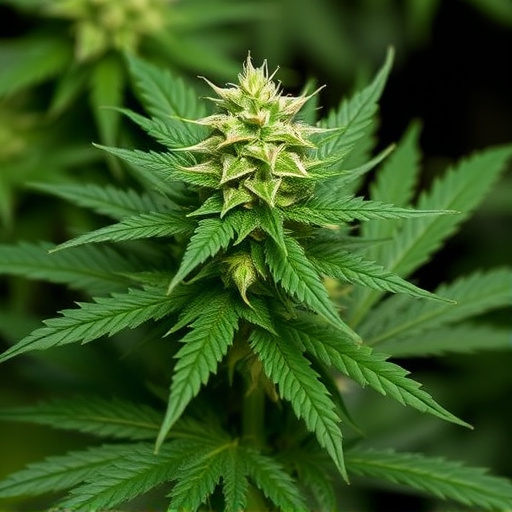
Terpenes, the unsung heroes of the cannabis world, are responsible for the distinctive aromas and flavors that set different cannabis strains apart. These chemical compounds not only contribute to the unique scents we associate with various cannabis strains but also play a crucial role in their potential therapeutic effects. For individuals exploring cannabis as a treatment option for ADHD, understanding terpenes can be an essential aspect of choosing the right strain.
Each terpene has its own distinct scent and potential benefits, offering a wide range of experiences. For instance, myrcene is known for its earthy and musky notes, often described as reminiscent of berries and mangoes. It’s popular among those seeking relaxation and pain relief. Limonene, on the other hand, provides a bright citrusy aroma and is linked to elevating mood and enhancing focus. This makes it particularly appealing for managing symptoms associated with ADHD. With such diverse properties, terpenes contribute to the complex interplay between cannabis’ chemical components, making each strain a unique blend tailored to different needs and preferences.
Terpene Profiles in Cannabis Strains and Their Impact on ADHD Symptom Management
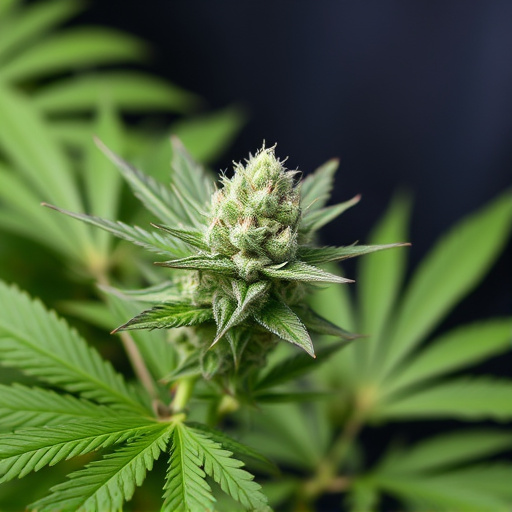
The impact of terpene profiles on cannabis strains has been a growing area of interest, especially in the context of managing ADHD symptoms. Terpenes, aromatic compounds naturally occurring in cannabis, play a significant role in the unique scent and flavor profiles that distinguish various strains. Each cannabis strain possesses a distinct terpene profile, which can influence its therapeutic effects. For individuals with ADHD, this is particularly relevant as specific terpenes have been linked to potential symptom management benefits.
Research suggests that certain terpenes found in cannabis, such as linalool, myrcene, and limonene, may positively impact ADHD-related symptoms. Linalool, known for its calming properties, has been studied for its ability to reduce hyperactivity and improve focus. Myrcene, with its relaxing effects, might aid in mitigating impulsivity. Limonene, on the other hand, is associated with uplifting moods and enhancing concentration, which could assist in managing ADHD symptoms that affect daily functioning and overall well-being. Therefore, understanding terpene profiles becomes crucial when seeking cannabis strains for ADHD treatment, as it enables individuals to choose strains that align with their specific symptom management needs.
Exploring the Role of Terpenes in Enhancing Cannabis Therapies for ADHD
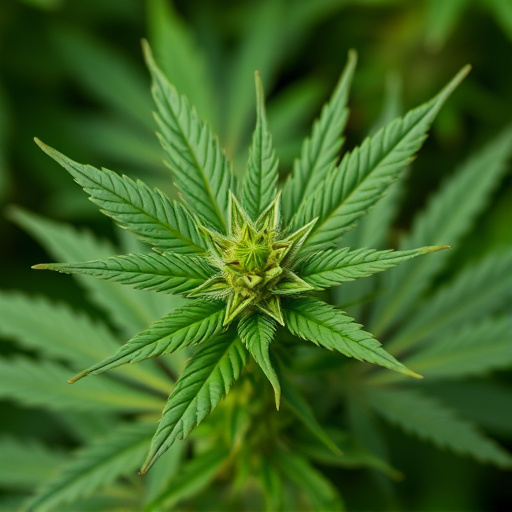
Terpenes, known for their significant role in shaping the distinct aromas and flavors of cannabis strains, are gaining attention for their potential therapeutic benefits in treating Attention-Deficit/Hyperactivity Disorder (ADHD). Beyond their contribution to the unique scents we associate with different cannabis varieties, these aromatic compounds may offer a new avenue for exploring cannabis therapies.
Research suggests that certain terpenes found in cannabis can interact with the endocannabinoid system, which plays a crucial role in regulating mood, cognitive functions, and neural development. This interaction could potentially help mitigate symptoms associated with ADHD, such as inattention, hyperactivity, and impulsivity. Exploring specific cannabis strains rich in specific terpenes may open doors to personalized treatments, offering a more targeted approach for individuals seeking alternative therapies for managing their symptoms effectively.
Terpenes play a pivotal role in distinguishing the diverse scents and therapeutic potential of various cannabis strains, particularly for individuals seeking relief from ADHD symptoms. By understanding the unique terpene profiles within different strains, consumers can make informed choices to enhance their cannabis therapies. Further research into the interaction between terpenes and cannabinoids offers promising avenues for improving the effectiveness of cannabis-based treatments for ADHD, potentially revolutionizing symptom management in the future.




